When it comes to the skirts of the Ming Dynasty, many people will remember the typical "Ma Mian Qun (马面裙, horse face skirt)", often gives a sense of elegance and wealth. It looks very dignified and gentle when matched with Han suit Ao (袄).
Introduction of Ma Mian Qun & Lan
Ma Mian Qun, also known as "Ma Mian Zhe Qun (horse face pleats skirt)", is a kind of traditional Chinese dress. There are four front and back skirt doors, overlapping each other, side pleating, middle skirt door overlapping part, commonly known as "Ma Mian (horse face, 马面)".
The whole circle of patterns on the Ma Mian Qun's is called Lan, the bottom is called bottom Lan, and the top is called knee Lan. Double Lan was very popular in the middle of the Ming Dynasty.
But later, with the growth of women's top in the Ming Dynasty, the knee Lan was gradually weakened because they were covered, while the bottoms Lan were widened and bold.
Why is it called "Ma Mian"?
The question of why Ma Mian Qun named has always been puzzling, what's the relationship between the animal's name and the skirt? In fact, "Ma Mian" is a kind of structure used for defense in the city wall system. It looks like this:
But whether its name is really related to the city wall is still a question to be verified. Because all the books about Ma Mian Qun, whether they are related to costumes, operas or cultural relics, only show that the smooth surface without pleats in the middle is called "Ma Mian", but there is no further explanation for the source of "Ma Mian".
[Ma Mian Qun] the name of the skirt, which is a traditional Chinese name. The two sides of the skirt are pleated, and there is a smooth section in the middle, commonly known as "Ma Mian". Some of them are decorated with embroidery on Ma Mian. According to the name of Western-style skirts, women's skirts of this style are called "interval pleated skirts". ——Dictionary of Chinese cultural relics
Four things about Mamian Qun
There are several easily misunderstood points about Ma Mian Qun:
- Ma Mian is not added additionally. The pattern is originally in the structure of the skirt! Just in visual effect, the middle part seems to be an independent one.
- The Ma Mian Qun looks like making in a piece of cloth, but it's actually two-piece. Two pieces of cloth are overlapped and sewn the skirt head together, with each piece smooth at both ends and pleated in the middle, overlapping by exactly the width of one smooth side. So, a Ma Mian Qun has four Ma Mian that overlap each other and are symmetrical from front to back.
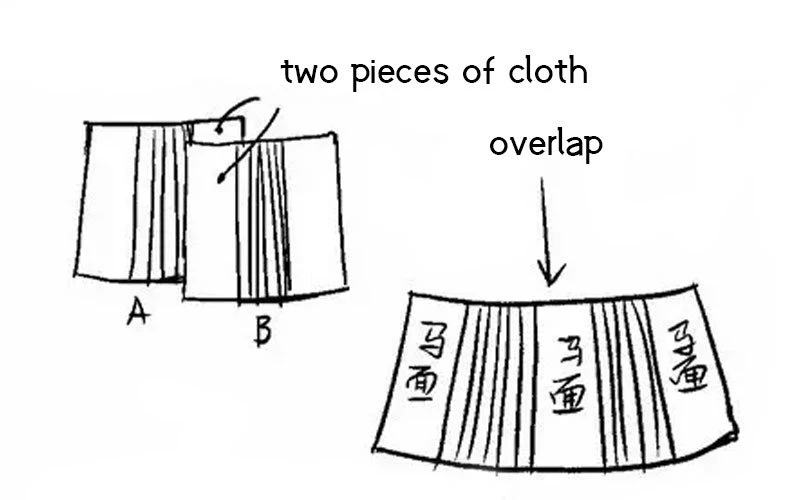
We can see from the cutting diagram of the Ma Mian Qun that it is symmetrical back and forth.
- In fact, it's not so much a skirt as trousers without trouser legs. Because the overlapping skirt door runs right through the front and back, and the side is closed instead, very suitable for activities when wearing.
- As one of the most popular styles of modern hanfu, the Ma Mian Qun is often worn as a fashion item.
Wearing of Mamian Qun
The upper Ao (袄) and lower skirts are typical collocations of women's clothing in the Ming Dynasty. A Ma Mian Qun or pleated skirt with Ao is called "Aoqun (袄裙, the name summed up by modern businesses.)".
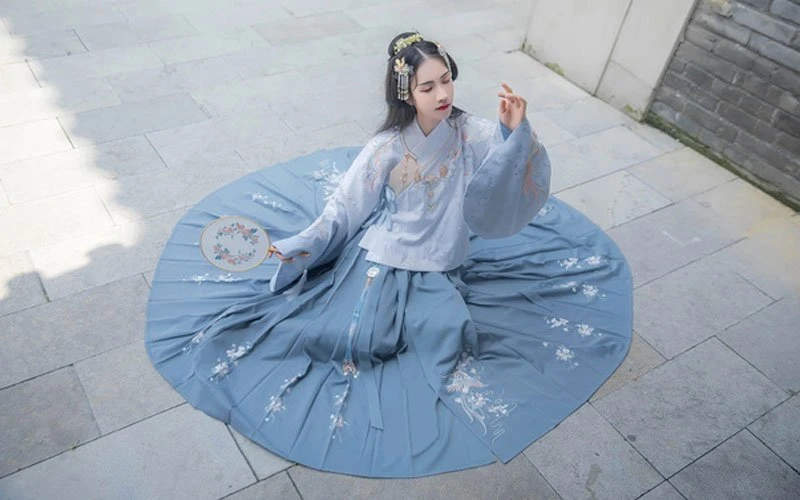
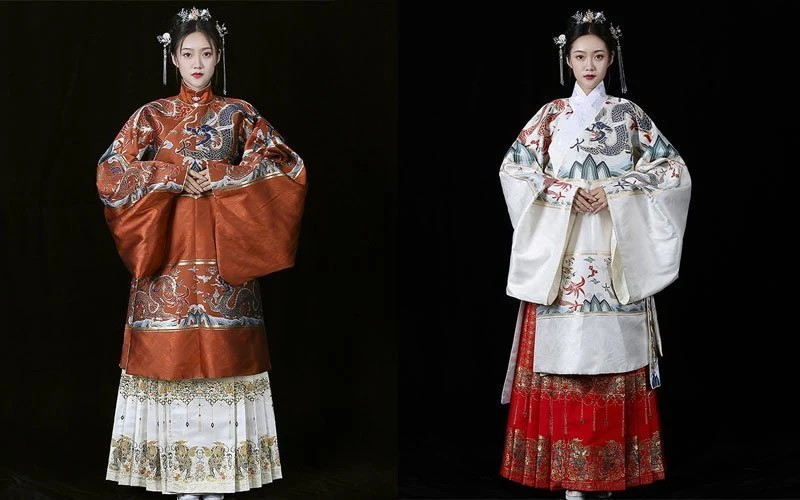

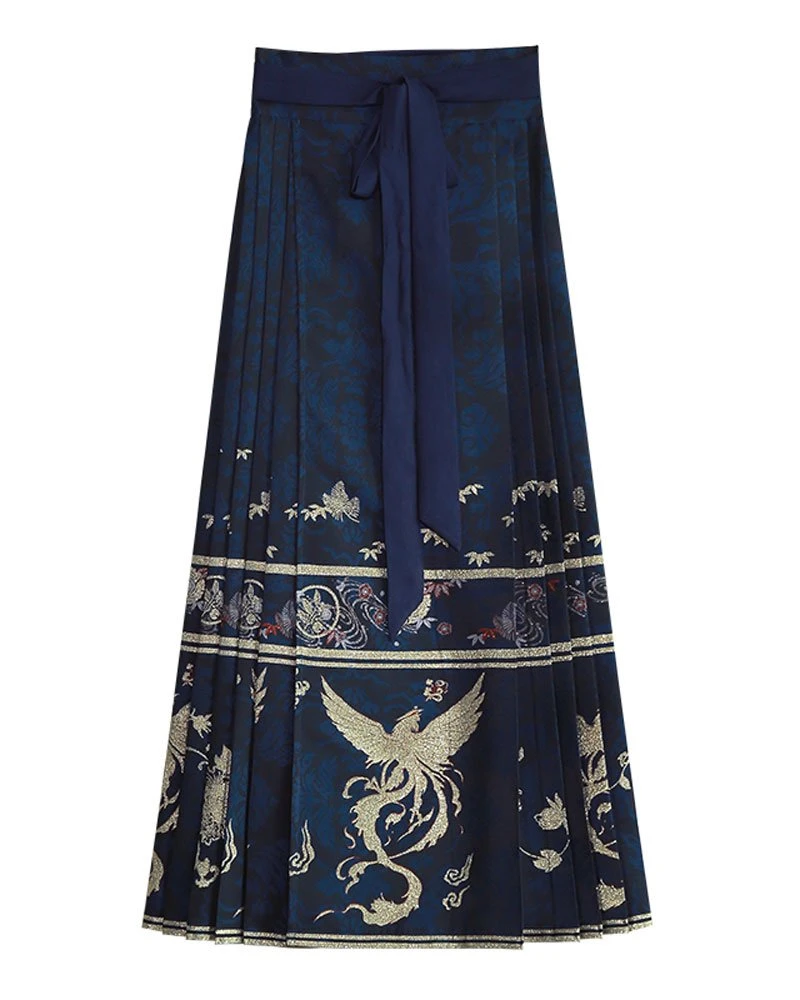
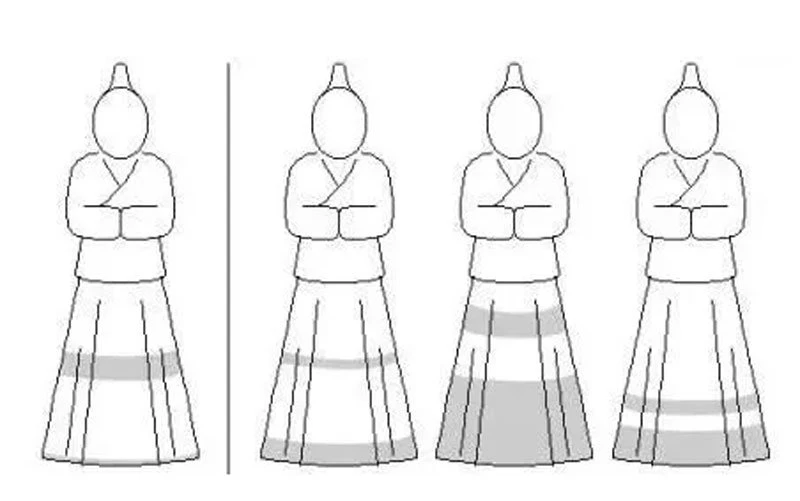
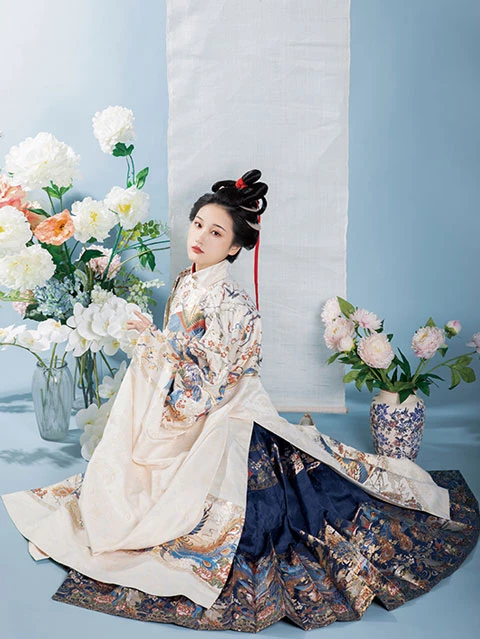

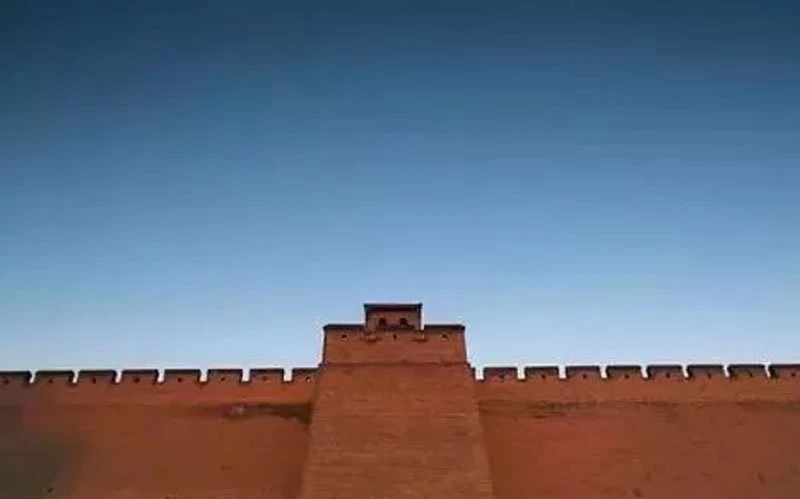
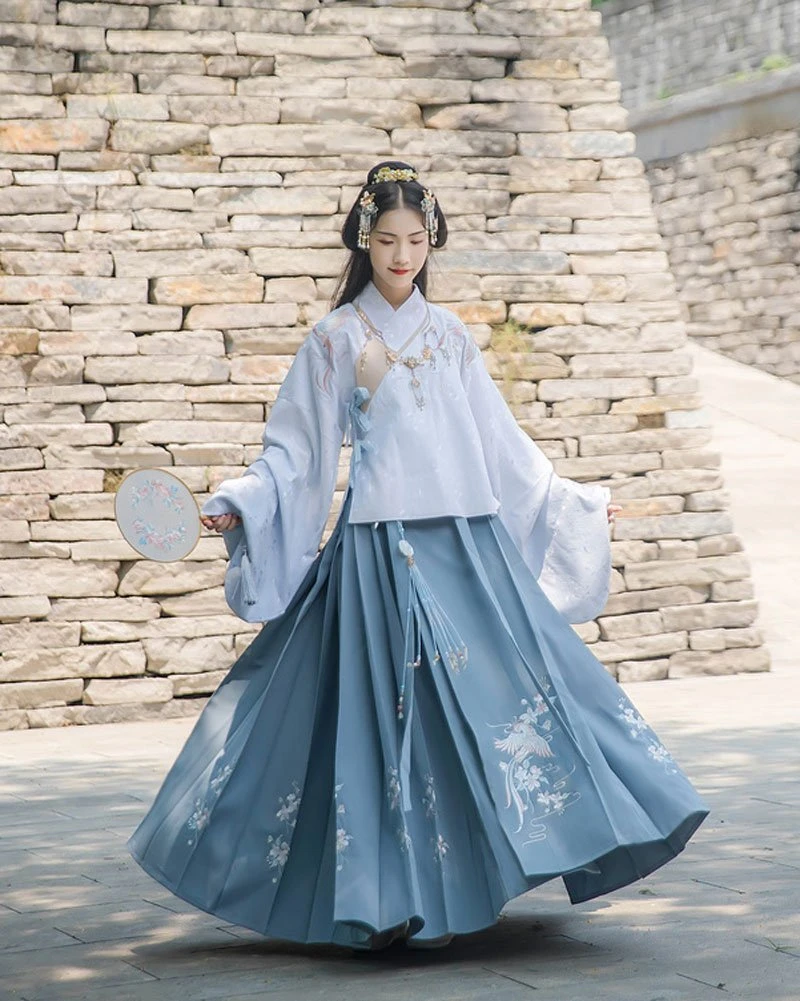

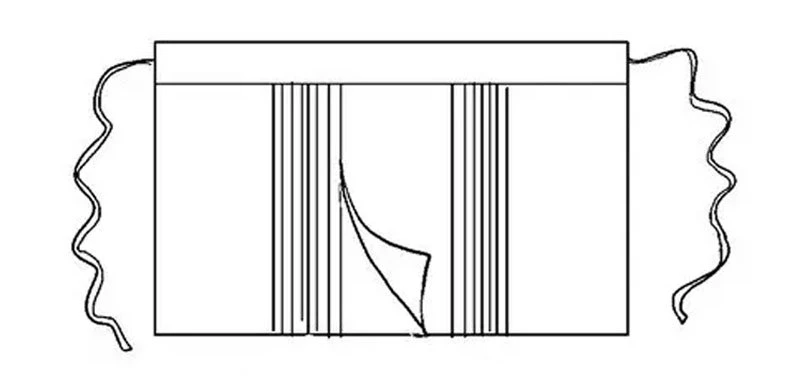
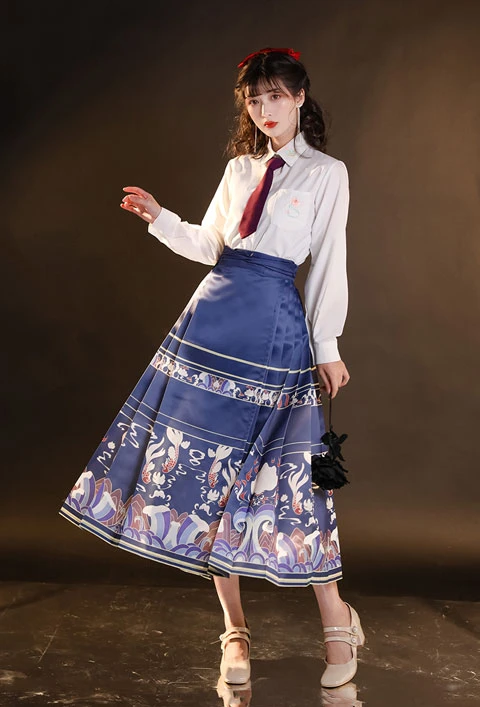

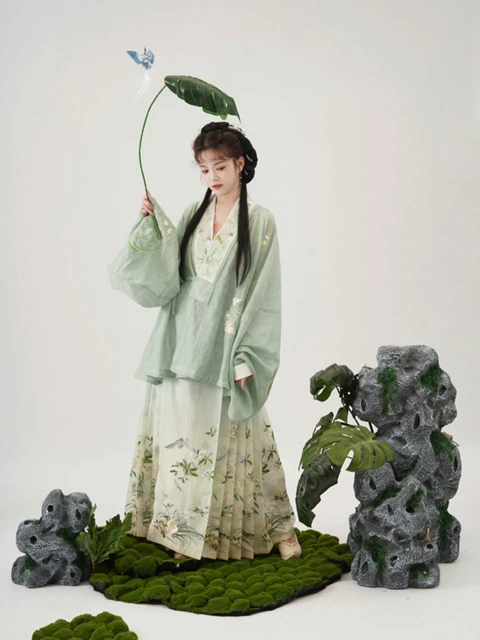
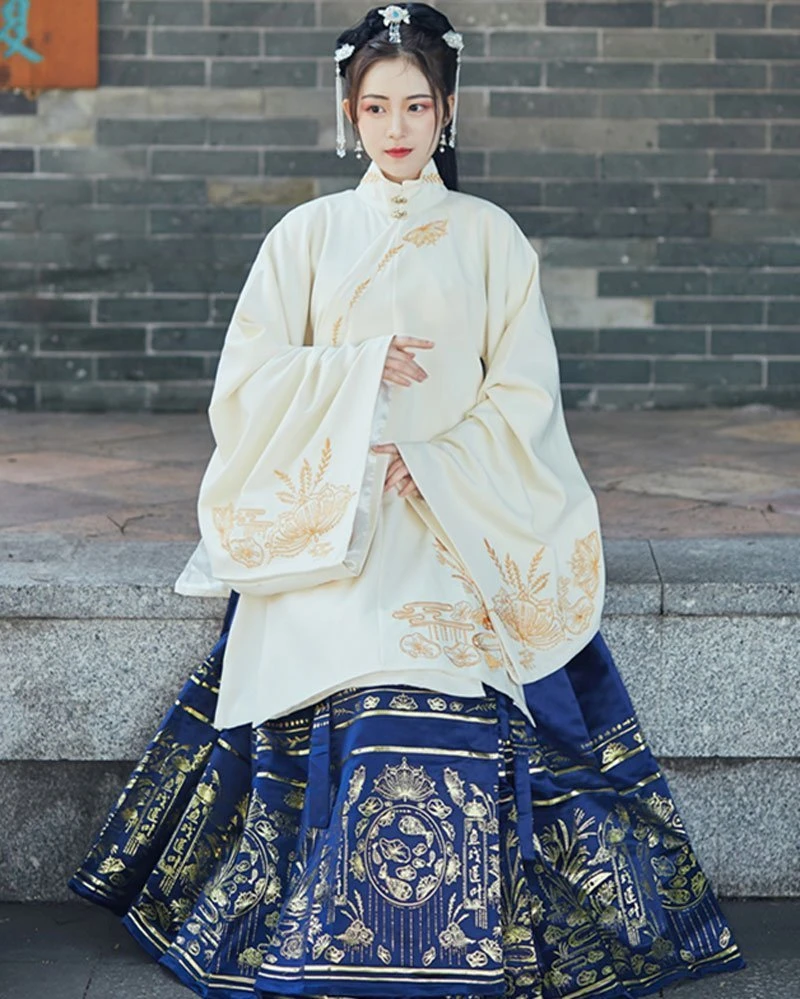
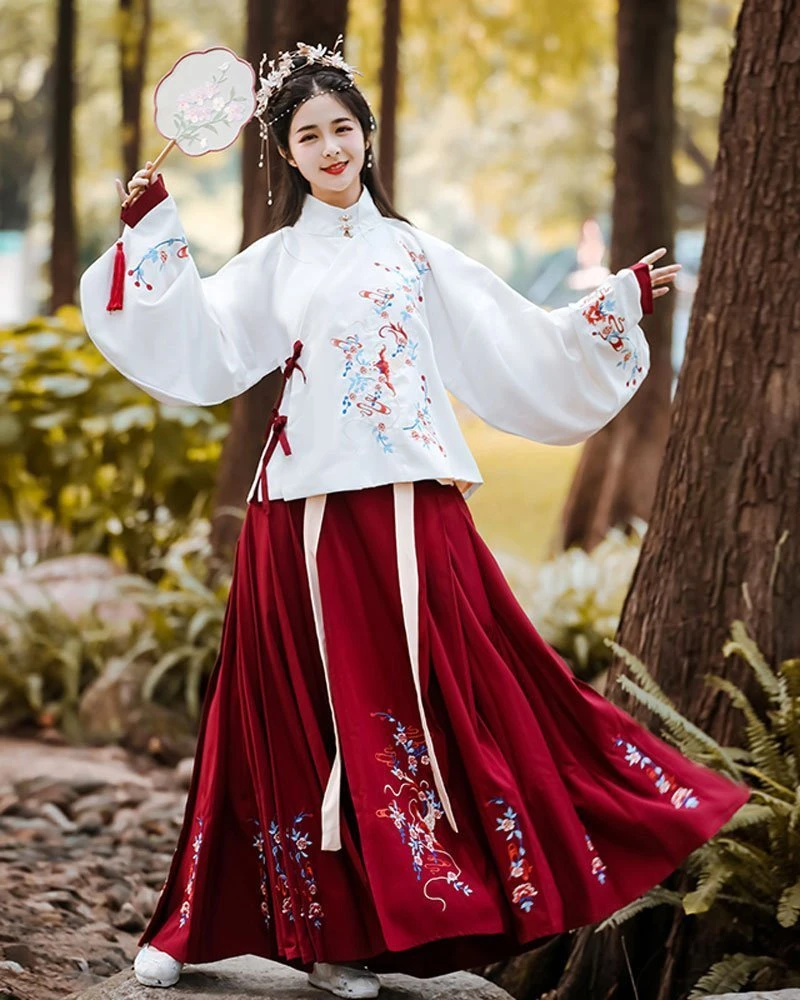
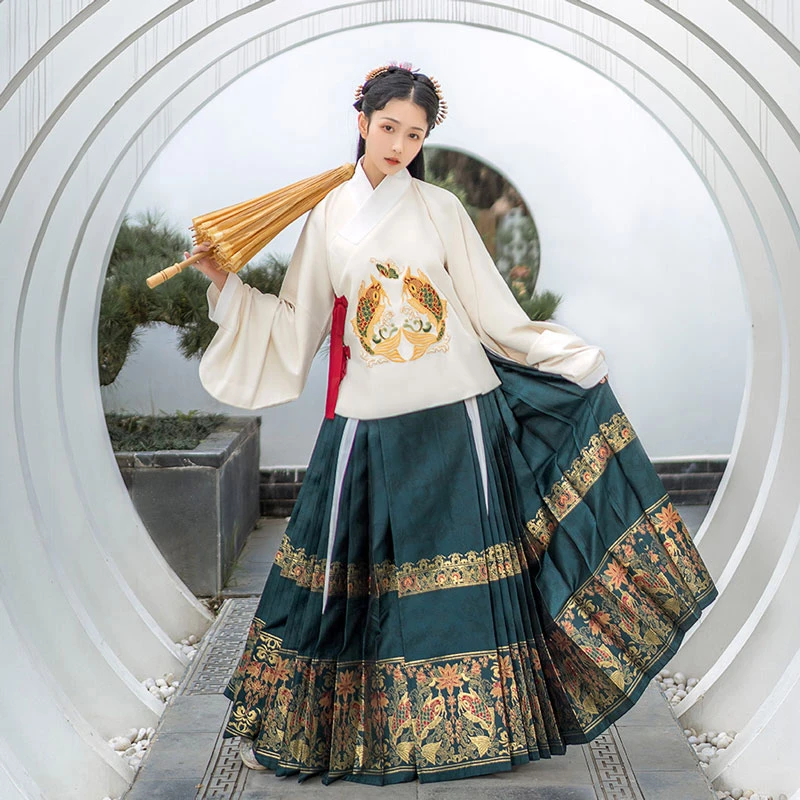
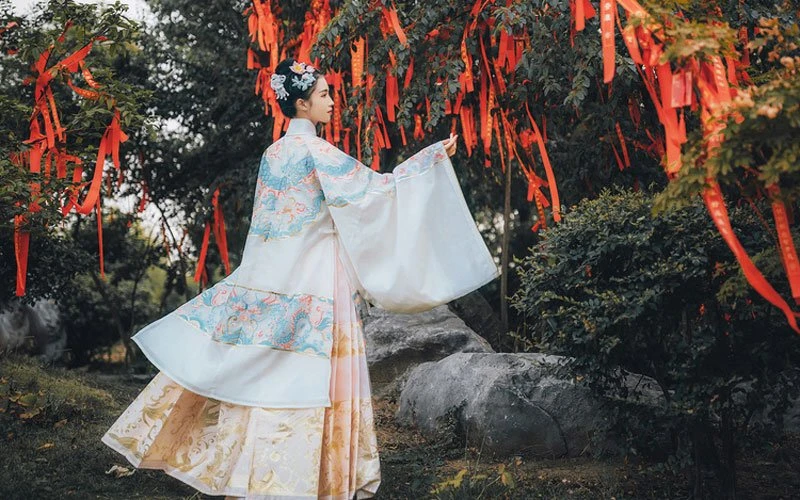
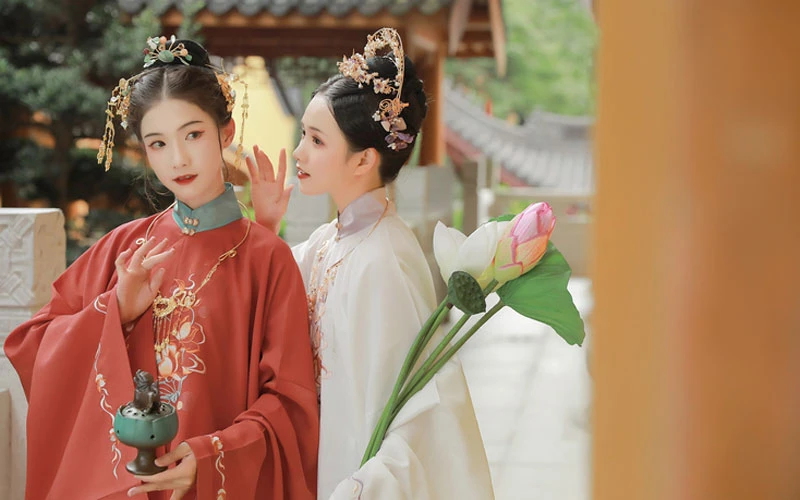
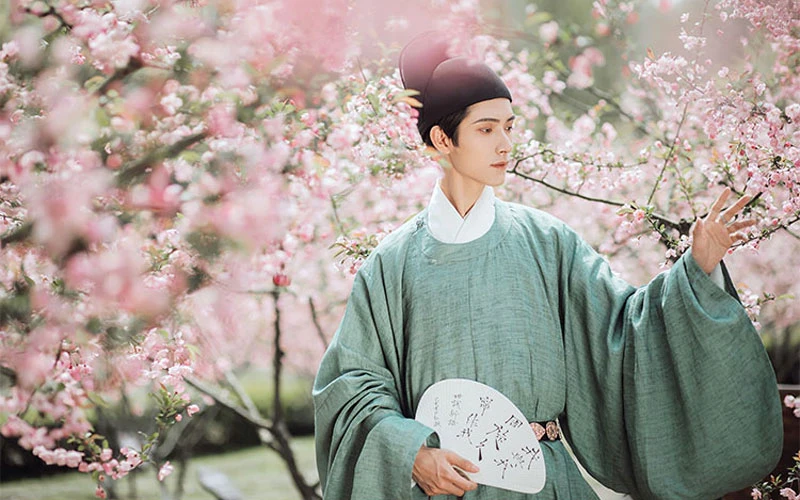

Such an iconic skirt!! 😍😍
thanks for the article👍
"The horse face skirt looks like making in a piece of cloth, but it's actually two-piece. Two pieces of cloth are overlapped and sewn the skirt head together,"
The same words are repeated and I can only guess that this is about different matters!
Do you mean that:
a ma mian skirt is made of two separate overlapping parts, the front one and the back one, which in their turn consist each of two symmetrical pieces sewn to one belt and partly lying on each other. Thus there are 4 slits in the skirt concealed with 4 overlappings and the textile is flat (not pleated) in those places.
This picture may help you understand. In fact, the overlapping parts are two pairs of Ma Mian (for example, part ①).
When put on, the ① of the pic is the overlapping part of the front. And the overlapping part at the back is other two Ma Mian. So, there are 4 Ma Mian in a Ma Mian skirt.
Thank you very much for the explanation.
受教了
Please, tell me are there 2 or 4 overlapping places?
When you say 'ma mian' - do you mean every flat piece, no matter it is visible or not?
In the beginning, from the article I understood that the picture shows one of two similar pieces (the front piece and the back piece) each of which had an overlapping opening part in the middle.
Now it seems I stand corrected.
1. Please, tell me are there 2 or 4 overlapping places? --- 2
2. When you say 'ma mian' - do you mean every flat piece, no matter it is visible or not? -- Yes, ma mian refers to the flat piece, that contains visible and invisible parts.
For example, when you put on a ma mian skirt, there are two ma mians overlapping in front of you and two ma mian overlapping behind you. The pleated parts are on the sides.
"There are four front and back skirt doors"
!!! Where are doors in a skirt&! Shouldn't you check an mtl before posting?
The skirt doors in this article should refer to the part of the skirt that is not pleated.
Thank you for your explanation, I have already looked up some designs. This thing in Chinese is called /men/ meaning (here) a flat rectangular piece, but in English a 'door' means 'gap between something, the empty space in the doorway, open way' - so reading that there are 4 "doors" one most likely understands that the skirt has got 4 slits (front, 2 sides, back).